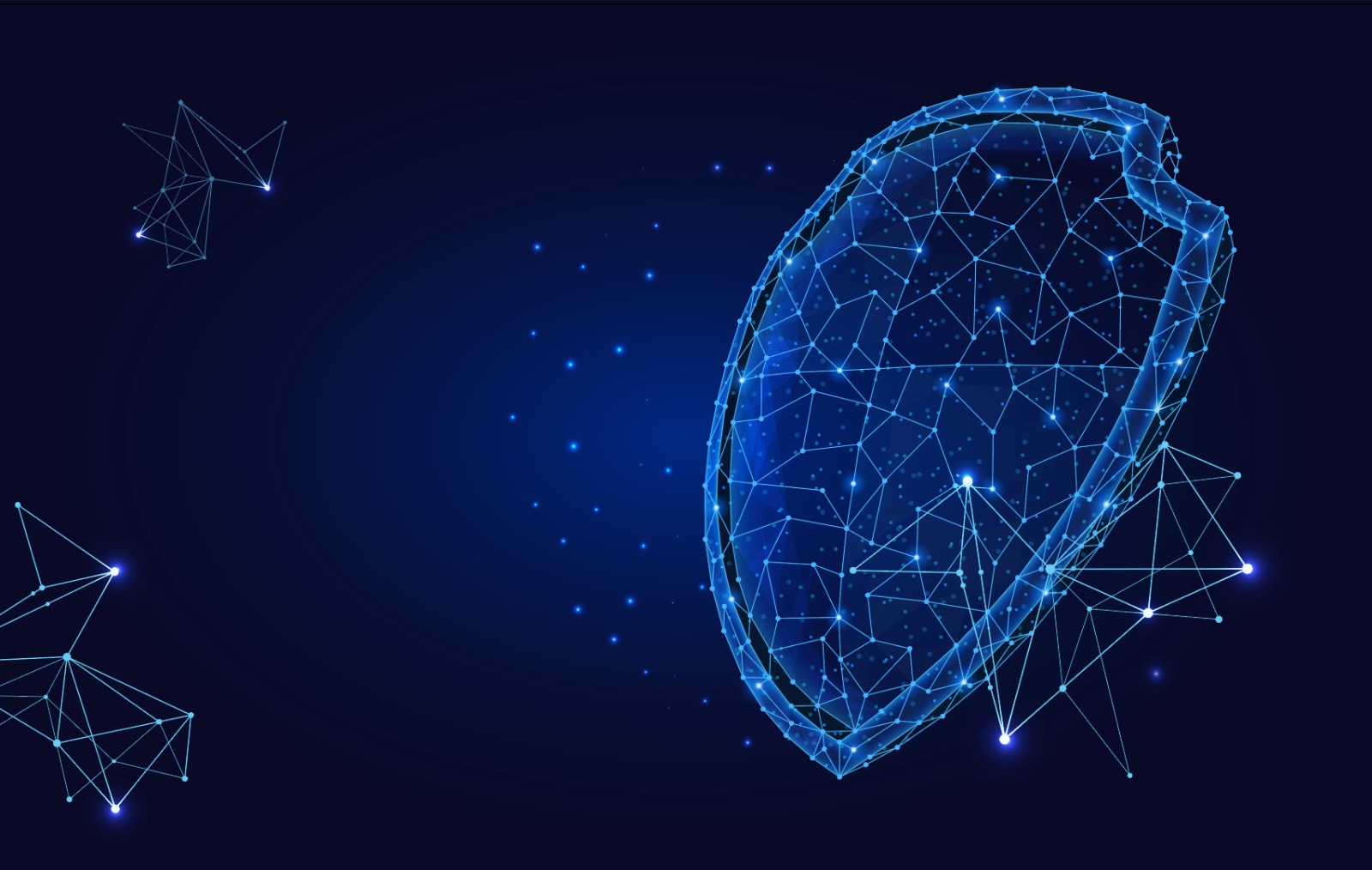
What does safety mean? Before this unprecedented crisis, it meant looking both ways before crossing the street. Wearing a seatbelt. Smoke detectors. Expiration dates. For most people, safety meant a number of small, intuitive practices, and these practices coupled with the meeting of a few basic needs provided the feeling of safety. The pandemic has changed the meaning of safety, and it has stripped us of that feeling that – in the developed world – we’ve taken for granted.
Today, safety means wearing masks, keeping our distance from people, washing our hands, breaking social patterns, and changing the way we consume and receive goods and services. It means thinking twice before touching anything. It means economic uncertainty for many people and businesses and managing the threat of individuals and organizations who take advantage of this uncertainty. How will the meaning of safety evolve as we carefully progress from triage to recovery to prevention, and what role will each of us play in defining and ensuring safety?
Some organizations on the frontlines – local governments, hospitals, law enforcement, food providers – have a more active role, and some will simply follow the rules. As a provider of technology that has the potential to actively help organizations ensure safety, we hold ourselves accountable for three questions:
- How can our technology reduce the spread of the virus?
- How can our technology mitigate risk during economic stress?
- How can our technology help people safely get the services they need?
Oosto has a big vision for how it can serve the world. We see limitless potential for how and where our AI-driven computer vision technology can be deployed to make the world a more seamless, intuitive and connected place. Like many businesses, the pandemic has forced us to rethink everything: the trajectory of our growth, the application of our technology, and how we serve the world. The new and uncertain reality we find ourselves in has compelled us to focus on doing our part to make it safer for the world to reopen and safer to stay open.
We are dedicating our visual intelligence research, expertise and core technology to enhancing safety. Our visual intelligence products enhance safety in three ways:
- Allow people to access controlled spaces without the need to touch surfaces
- Protect people and property by identifying threats beyond human detection ability
- Make it safer for businesses to provide services through customer devices
We’ve published a white paper that defines these critical capabilities, and we provide a webinar to bring them to life in order to help spread practical knowledge on how visual intelligence supports global efforts to enhance safety.
Computer vision, the most powerful application of AI, has had a controversial past. As with every breakthrough technology, computer vision has been met with equal parts fear, curiosity and excitement. The ethics and value of every technology are judged by how it is applied, and the world has an opportunity – a mandate – to rapidly apply computer vision in ways that preserve privacy while making people safer.
We see parallels in medicine: the world has unified to rapidly research, develop and deploy new medical technology in order to save lives. This sense of focus, urgency and collaboration has prevailed over historical bureaucracy, national borders and partisan lines.
Just as the medical community has optimized for speed to save lives, every organization that has employees and customers must rapidly adopt new technologies to protect lives. The focused use of facial recognition is now critical to reducing the need to touch surfaces to gain access to controlled spaces, to detecting individuals who further threaten the safety of people and property, and to reducing potential fraud in digital services.
This global crisis must and will accelerate the adoption of a variety of technologies, and it is our mission to provide ethical, unbiased and battle-proven visual intelligence solutions to every organization working to return the world to safety.
 Vision Al Blog
Vision Al Blog


